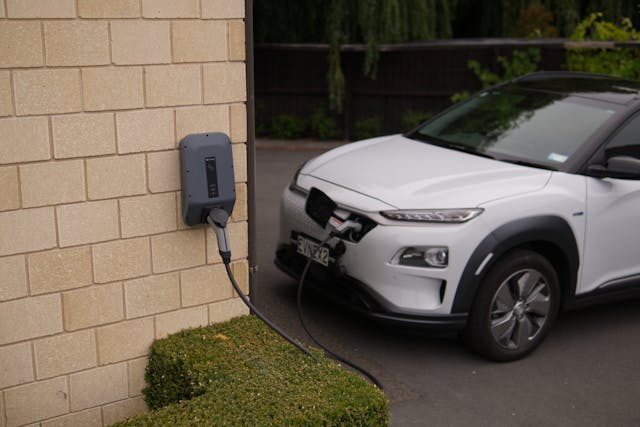

Digital lending in Southeast Asia (SEA) has been on an upward trajectory, significantly enhancing financial access for both individuals and businesses. The region's high internet and mobile penetration rates have facilitated this growth, enabling more people to access financial services conveniently. Governments across SEA are actively promoting digital lending as a means to improve financial inclusion, particularly for the underbanked and unbanked populations. For instance, digital lenders in countries like Indonesia and the Philippines have capitalized on the surge in internet usage to offer innovative lending solutions.
In Indonesia, sharia-based lending platforms have emerged to cater to the Muslim population, adhering to Islamic financial principles. This trend not only addresses a specific market need but also promotes financial inclusivity by providing alternative lending options. Similarly, the Philippines has seen a boom in e-commerce, which has driven the demand for digital loans to support online shopping activities. The country's internet economy is projected to grow significantly, from USD 20 billion in 2022 to USD 100 billion by 2030, indicating a robust future for digital lending.
Regulatory frameworks in SEA are evolving to support the digital lending sector. For example, the Monetary Authority of Singapore (MAS) has introduced regulations to ensure responsible lending practices, while Thailand's Bank of Thailand has approved digital personal loans, setting annual interest rate caps to protect consumers. These regulatory measures are crucial in fostering a secure and trustworthy digital lending environment, encouraging more borrowers and lenders to participate in the digital financial ecosystem.
The collaboration between digital lenders and traditional financial institutions is another driving force behind the sector's growth. Partnerships between digital lenders and banks help bridge the gap between conventional banking and modern financial technology, providing customers with more comprehensive and accessible financial services.
Technological advancements play a pivotal role in the expansion of digital lending. The integration of automated loan origination processes, advanced credit scoring models using alternative data sources, and blockchain technology for data security are transforming the lending landscape. For instance, leveraging social media engagement and utility bill payments for credit assessment provides a more accurate and inclusive evaluation of a borrower's creditworthiness.
SEA's digital lending market is poised for substantial growth. Projections indicate that digital lending will surpass digital payments as the primary revenue driver for the region's digital financial services sector by 2025. This growth is expected to be driven by a 33% annual increase, underscoring the significant opportunities within the market.
Among the countries in SEA, the Philippines stands out as the fastest-growing digital economy. The nation's rapid internet adoption, burgeoning e-commerce sector, and supportive regulatory environment have positioned it as a leader in digital financial services growth. The projected increase in the internet economy from USD 20 billion in 2022 to USD 100 billion by 2030 highlights the Philippines' potential in the digital lending market.
As the digital economy continues to expand, particularly in the Philippines, the future of digital lending in SEA looks promising, offering significant opportunities for financial inclusion and economic development.
Source: https://ycpsolidiance.com/white-paper/fintech-southeast-asia-trends-2024

The Latest Trends and Developments in SEA’s Digital Payments Landscape
The adoption of digital payments in Southeast Asia (SEA) has accelerated, driven by technological advancements, government initiatives, and changing consumer behaviors. It has evolved from simple online transactions to sophisticated financial ecosystems that include various payment methods such as mobile wallets, QR code payments, and Buy Now Pay Later (BNPL) options.

Navigating the Digital Era: Future Jobs and Skills in the Age of Digitalization
The job market's transformation driven by digitalization highlights the need to understand emerging trends and acquire essential skills for thriving.

Navigating Key Challenges in Southeast Asia’s EV Market
Southeast Asia (SEA) finds itself at a crucial juncture in the journey towards electric vehicle (EV) production and adoption as the world transitions towards sustainable transportation solutions. The region has several significant keys for developing the EV industry, such as Indonesia's nickel supply and Thailand's EV manufacturing potential. However, the ASEAN EV industry faces many challenges and threats that must be overcome to ensure success in the region.

Thailand's Electric Vehicle Brands: Driving the Nation's Sustainable Future
In recent years, Thailand has emerged as a vibrant hub for electric vehicles (EVs), showcasing remarkable growth and innovation across various automotive industry segments. At the heart of this transformation lies the burgeoning ecosystem of Thai EV brands, shaping the nation's transportation sector and paving the way for a greener future.